Conical Mixers In Double-pipe Heat Exchanger CFD Simulation
Conical Mixers In Double-pipe Heat Exchanger CFD Simulation
- Upon ordering this product, you will be provided with a geometry file, a mesh file, and an in-depth Training Video that offers a step-by-step training on the simulation process.
- For any more inquiries regarding the product, please do not hesitate to reach out to us at info@CFDLAND.com or through our online support assistant.
€170 Original price was: €170.€125Current price is: €125.
The conical elements inside a double-pipe heat exchanger work like tiny mixing helpers that make hot and cold fluids share heat much better! These special cone-shaped pieces sit inside the pipes and create swirls in the fluid that boost heat transfer by up to 30-40% compared to plain pipes. First of all, when fluid flows past these conical inserts, it gets forced to move in twisted paths instead of straight lines, which breaks up the slow-moving boundary layer that normally acts like an insulation blanket. Additionally, the cone shape is perfect for creating turbulent flow without blocking too much of the pipe, so pressure drop stays manageable while mixing gets much better. Moreover, these clever elements promote radial mixing where fluid moves from the center to the sides and back again, helping hot and cold spots disappear faster. Furthermore, the added heat transfer surface area from the cones gives more places for heat to jump from one fluid to another. The increased fluid residence time around these elements also means liquids have more time to exchange heat energy. Most importantly, these simple additions to heat exchanger design allow for more compact designs that save space and materials while still delivering excellent thermal efficiency in various industrial applications from food processing to chemical manufacturing.
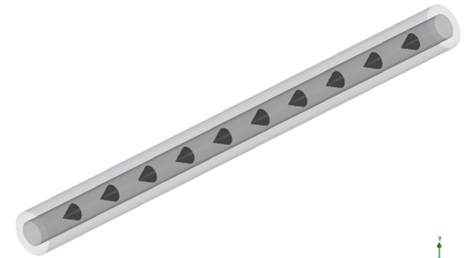
Figure 1: Schematic of conical Elements inside double-pipe heat exchanger
Simulation Process
Design Modeler produces the geometry model. It consists of 12 zones in total. Each conical mixer must be placed in an independent zone to employ a multizone mesh grid, considering the structured grid in pipes. The cross design of the heat exchanger lets 297K of air pass through one side and 338K of hot water from the other side.

Figure 2: Hybrid grid generated over heat exchanger
Post-processing
The temperature contour tells us the best part of the story – how well these cones actually work for moving heat! Looking from left to right, we can see the cold air (starting at exactly 297K) getting warmer and warmer as it moves through the pipe. We achieved a temperature increase of 28.8K (from 297K to 325.8K) by the time the air reaches the end of the pipe, which means lots of heat successfully jumped from the hot water to the cold air. Furthermore, the conical inserts create special mixing zones right around each cone, where hot and cold fluids get stirred together much better than in a regular empty pipe. The hot water stays mostly hot (at 338K) throughout the outer pipe, losing only about 1K of heat (down to 337K), which shows it has plenty of heat energy to share. Most impressively, the temperature changes most quickly right after each flow mixer, proving that these simple cone shapes really do boost heat exchange by creating turbulent flow. Without these clever heat transfer enhancers, the same pipe would need to be almost twice as long to warm up the air by the same amount!
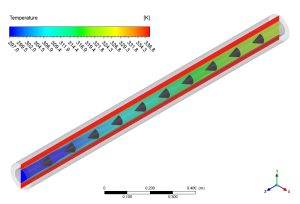
Figure 3: Temperature distribution showing gradual heating of air from 297K (inlet) to 325.8K (outlet)
The velocity patterns show something amazing about how these conical elements work! When water flows through the pipe, it normally moves in a boring straight line. But with these cone-shaped helpers, the water gets forced to move around them, creating tiny whirlpools that mix everything up. We measured velocity increases up to 0.5 m/s around the cones, which is more than double the speed compared to areas without cones. The most interesting part is how the water speeds up right at the tips of each cone (reaching up to 0.6 m/s) and then slows down behind it. This up-and-down pattern in speed happens over and over with each cone, which is exactly what helps break up that stubborn boundary layer of slow-moving fluid that normally sticks to the pipe walls. Also, notice how the flow disrupters create a zigzag pattern of fast-moving fluid throughout the entire pipe. This means that instead of just flowing straight, the water dances around inside the pipe, touching more surface area and picking up more heat along the way.
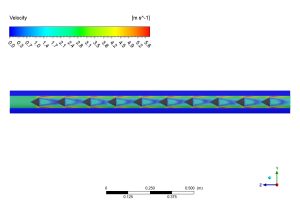
Figure 4: Velocity distribution in double-pipe heat exchanger with conical elements
We pride ourselves on presenting unique products at CFDLAND. We stand out for our scientific rigor and validity. Our products are not based on guesswork or theoretical assumptions like many others. Instead, most of our products are validated using experimental or numerical data from valued scientific journals. Even if direct validation isn’t possible, we build our models and assumptions on the latest research, typically using reference articles to approximate reality.
Yes, we’ll be here . If you have trouble loading files, having technical problems, or have any questions about how to use our products, our technical support team is here to help.
You can load geometry and mesh files, as well as case and data files, using any version of ANSYS Fluent.
€185 Original price was: €185.€155Current price is: €155.

€120 Original price was: €120.€75Current price is: €75.

€160 Original price was: €160.€80Current price is: €80.

€160 Original price was: €160.€75Current price is: €75.

€200 Original price was: €200.€125Current price is: €125.

€280 Original price was: €280.€145Current price is: €145.





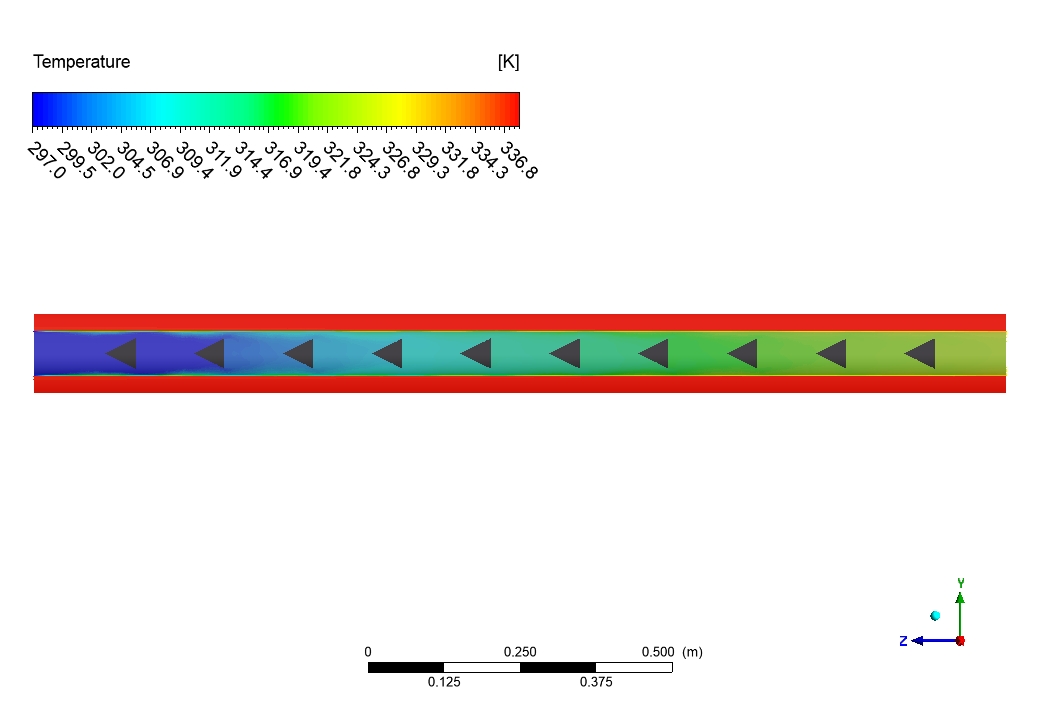


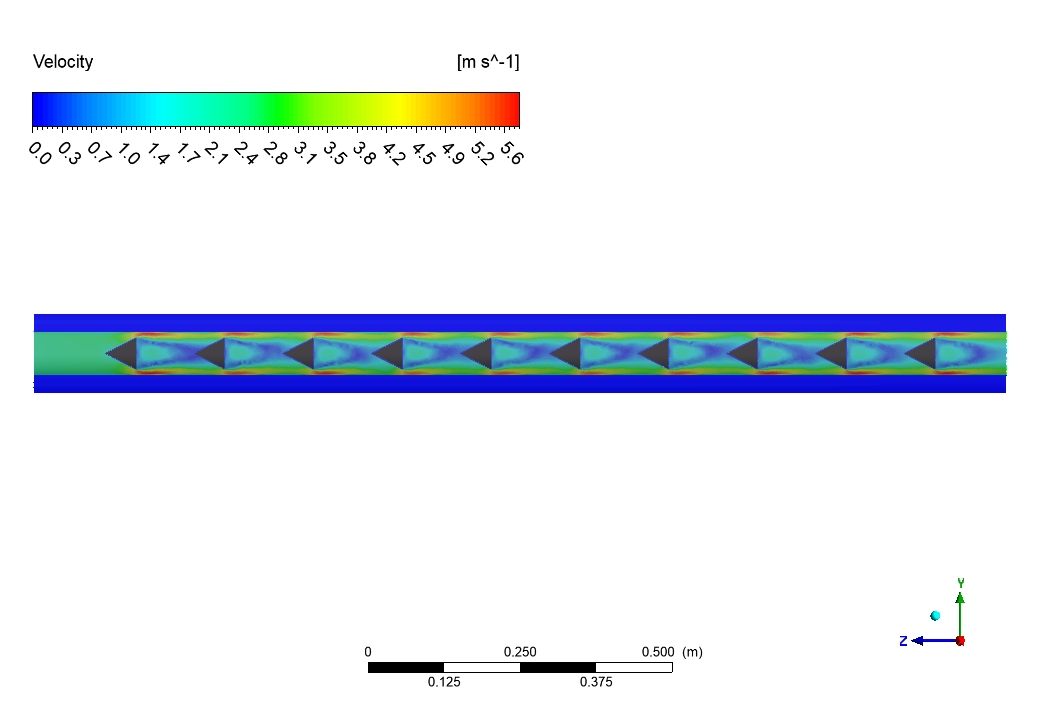
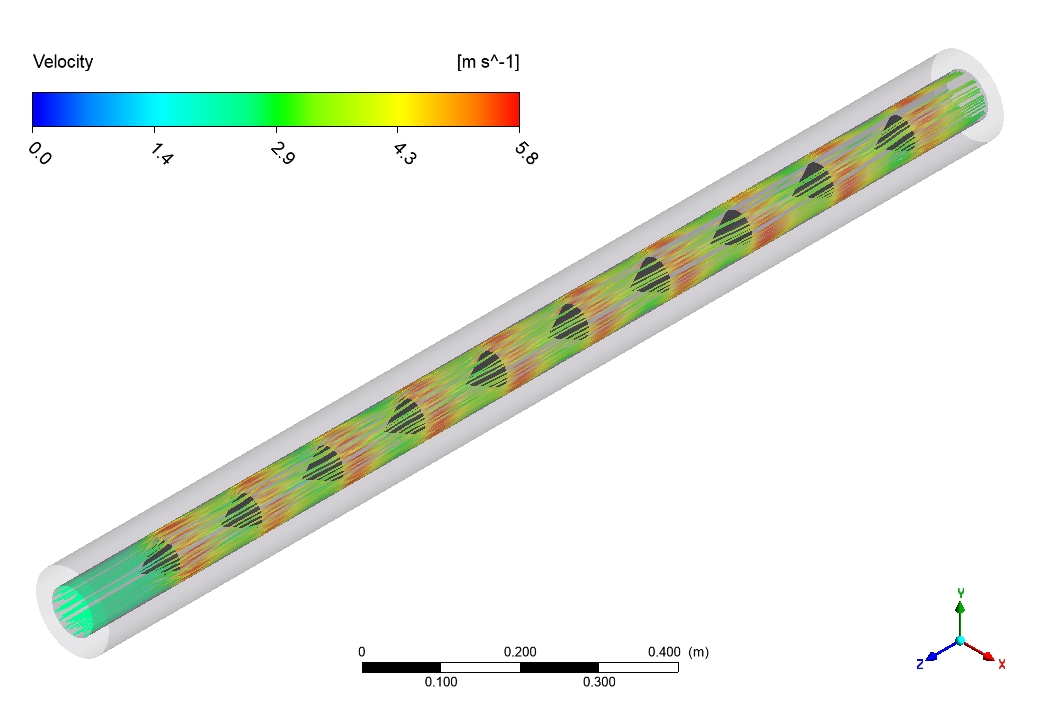





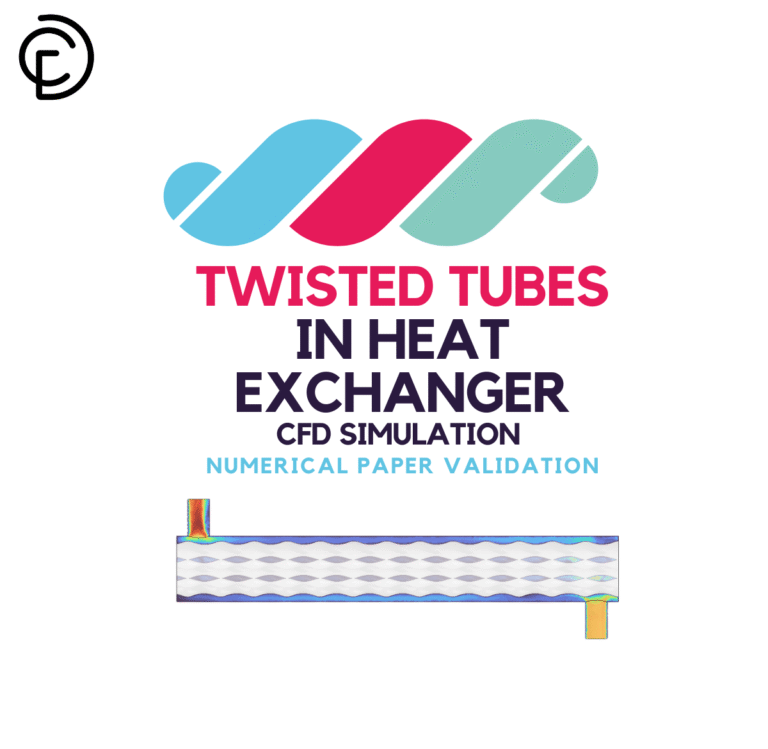
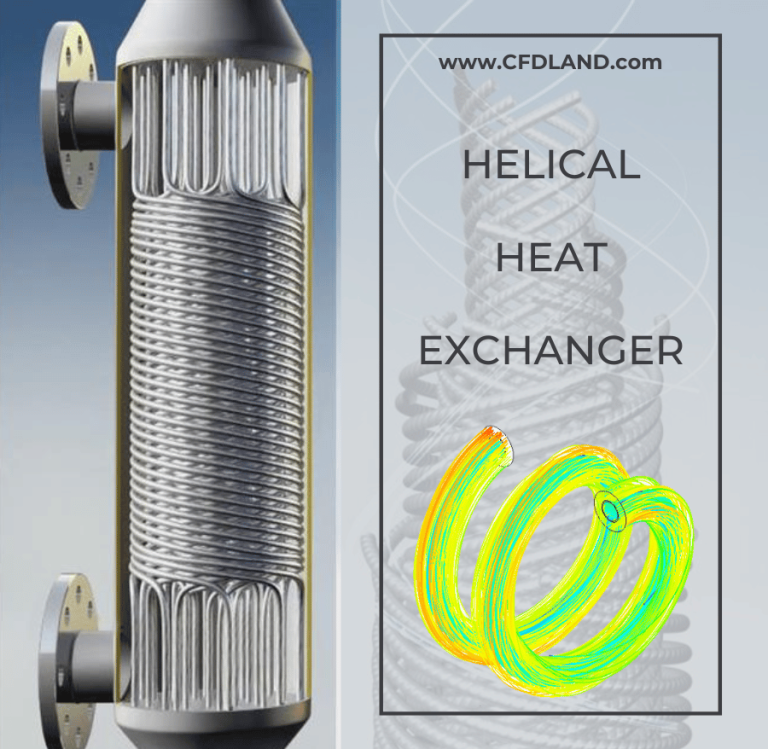
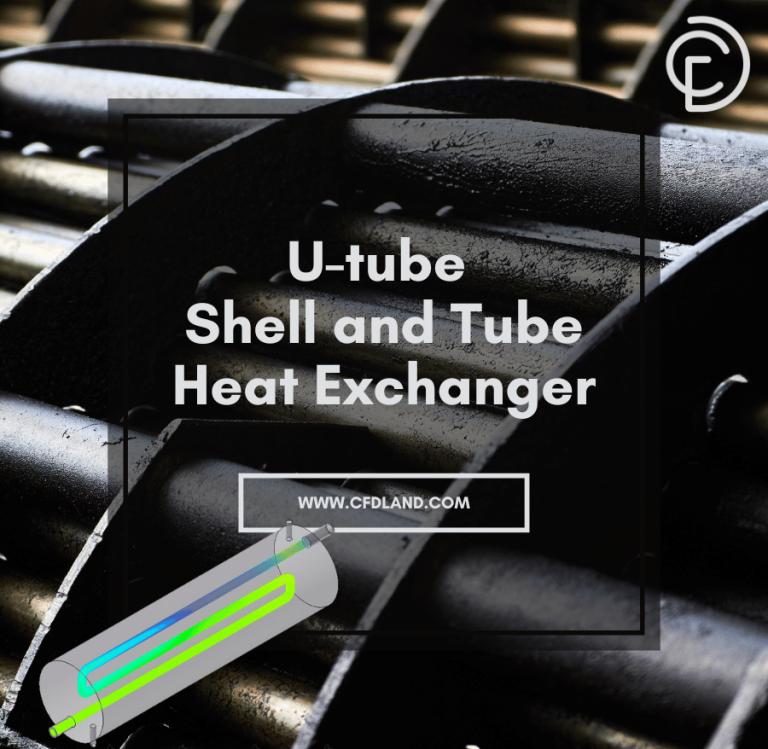
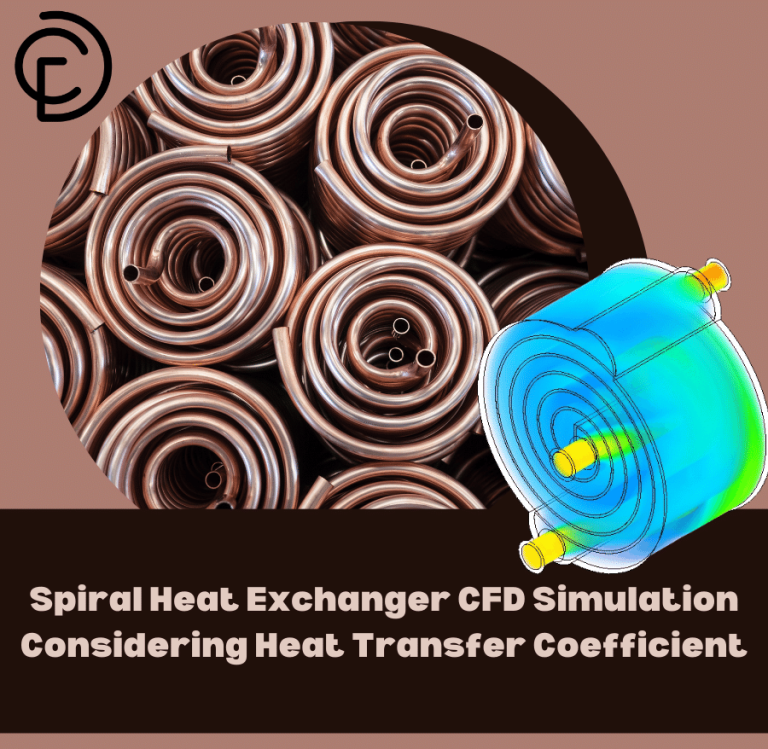
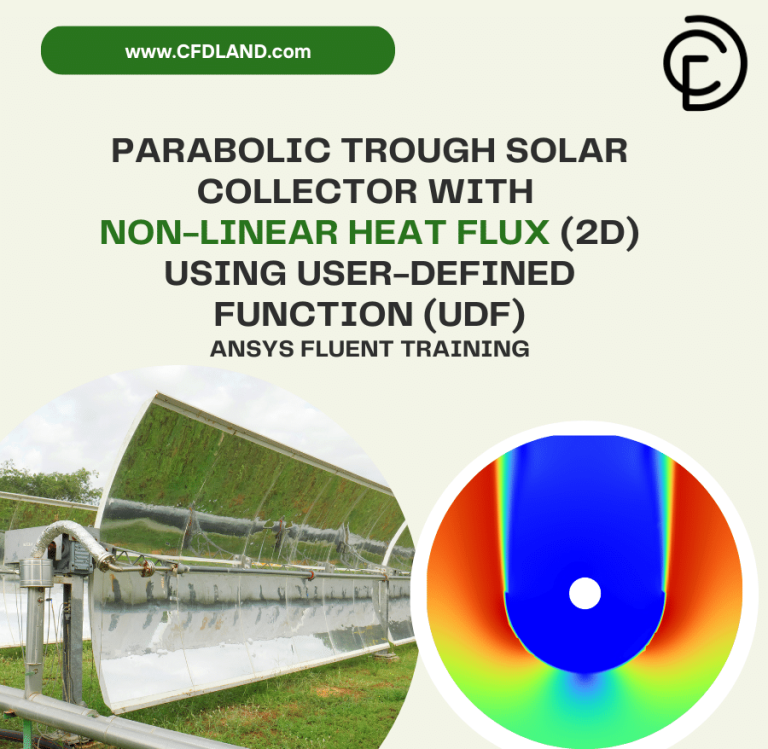
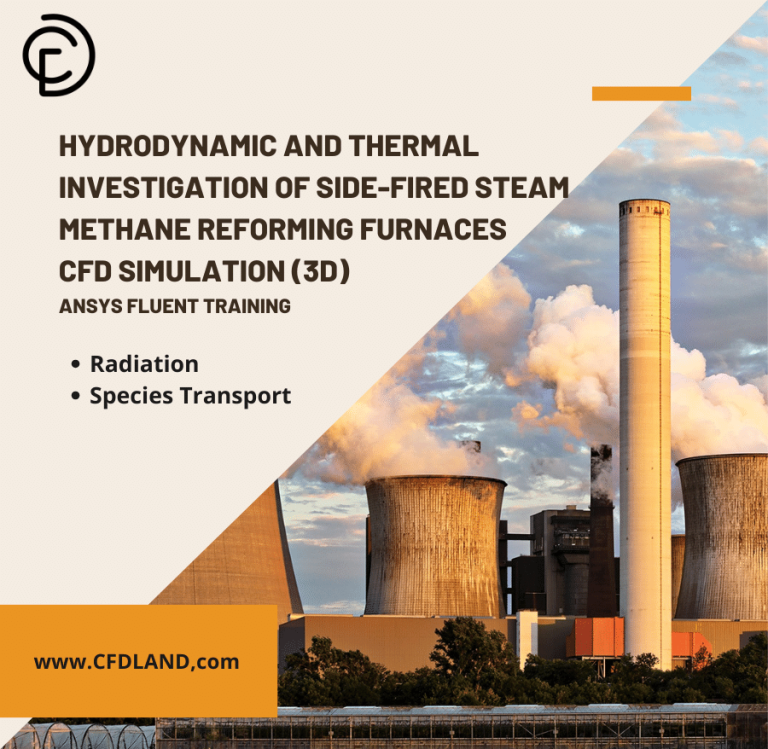
Reviews
There are no reviews yet.